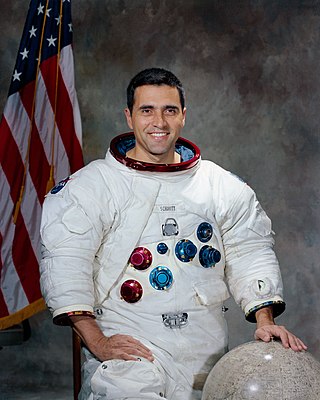
Harrison Hagan "Jack" Schmitt is an American geologist, former NASA astronaut, university professor, former U.S. senator from New Mexico, and the most recent living person—and only person without a background in military aviation—to have walked on the Moon.

Willard Frank Libby was an American physical chemist noted for his role in the 1949 development of radiocarbon dating, a process which revolutionized archaeology and palaeontology. For his contributions to the team that developed this process, Libby was awarded the Nobel Prize in Chemistry in 1960.

Charles Hard Townes was an American physicist. Townes worked on the theory and application of the maser, for which he obtained the fundamental patent, and other work in quantum electronics associated with both maser and laser devices. He shared the 1964 Nobel Prize in Physics with Nikolay Basov and Alexander Prokhorov. Townes was an adviser to the United States Government, meeting every US president from Harry S. Truman (1945) to Bill Clinton (1999).
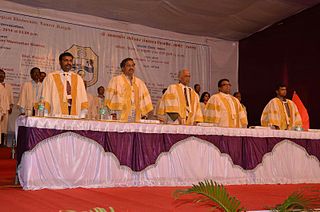
Man Mohan Sharma, is an Indian chemical engineer. He was educated at Jodhpur, Mumbai, and Cambridge. At age 27, he was appointed Professor of Chemical Engineering in the Institute of Chemical Technology, Mumbai. He later went on to become the Director of UDCT, the first chemical engineering professor to do so from UDCT.

Simon "Si" Ramo was an American engineer, businessman, and author. He led development of microwave and missile technology and is sometimes known as the father of the intercontinental ballistic missile (ICBM). He also developed General Electric's electron microscope. He played prominent roles in the formation of two Fortune 500 companies, Ramo-Wooldridge and Bunker Ramo Corporation.

Charles Elachi is a Lebanese-American professor (emeritus) of electrical engineering and planetary science at the California Institute of Technology (Caltech). From 2001 to 2016 he was the 8th director of the Jet Propulsion Laboratory and vice president of Caltech.
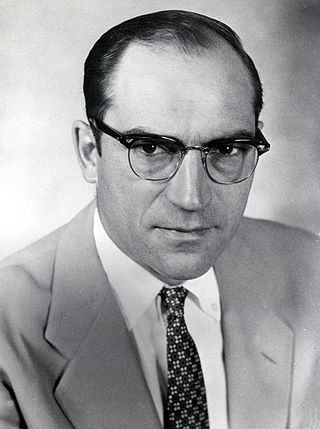
Luna Bergere Leopold was a leading U.S. geomorphologist and hydrologist, and son of Aldo Leopold. He received a B.S. in civil engineering from the University of Wisconsin in 1936; an M.S. in physics-meteorology from the University of California, Los Angeles in 1944; and a Ph.D. in geology from Harvard University in 1950.

John Dombrowski Roberts was an American chemist. He made contributions to the integration of physical chemistry, spectroscopy, and organic chemistry for the understanding of chemical reaction rates. Another characteristic of Roberts' work was the early use of NMR, focusing on the concept of spin coupling.

Maria T. Zuber is an American geophysicist who is the vice president for research at the Massachusetts Institute of Technology, where she also holds the position of the E. A. Griswold Professor of Geophysics in the Department of Earth, Atmospheric and Planetary Sciences. Zuber has been involved in more than half a dozen NASA planetary missions aimed at mapping the Moon, Mars, Mercury, and several asteroids. She was the principal investigator for the Gravity Recovery and Interior Laboratory (GRAIL) Mission, which was managed by NASA's Jet Propulsion Laboratory.
Burrell Clark Burchfiel was an American structural geologist. Born in Stockton, California, he earned his Ph.D. in 1961 at Yale University. His first academic appointment was to the Geology department at Rice University. He was the Schlumberger Professor Emeritus of Geology at MIT. Research interests: Origin, development, and structural evolution of the continental crust. His later work involved study of the geological history and evolution of the Tibetan plateau.
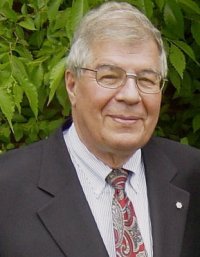
Raymond Alexander Price, is a Canadian geologist. He has used his research on the structure and tectonics of North America’s lithosphere to produce extensive geological maps. He has also provided guidance for nuclear fuel waste disposal and reports on the human contribution to Global warming.
Peter John Wyllie is a British petrologist and academic.
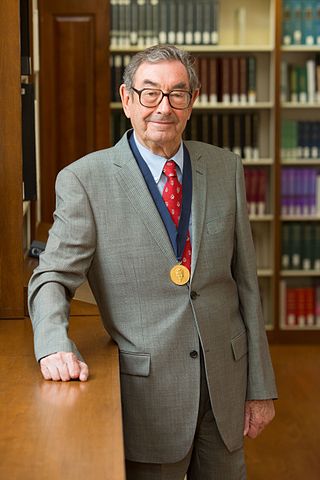
Harry Barkus Gray is the Arnold O. Beckman Professor of Chemistry at California Institute of Technology.
George W. Housner was a professor of earthquake engineering at the California Institute of Technology and National Medal of Science laureate.
Chenming Calvin Hu is a Taiwanese-American electronic engineer who specializes in microelectronics. He is TSMC Distinguished Professor Emeritus in the electronic engineering and computer science department of the University of California, Berkeley, in the United States. In 2009, the Institute of Electrical and Electronics Engineers described him as a “microelectronics visionary … whose seminal work on metal-oxide semiconductor MOS reliability and device modeling has had enormous impact on the continued scaling of electronic devices”.
Dr. E-An Zen (任以安) was born in Peking, China, May 31, 1928, and came to the U.S. in 1946. He became a citizen in 1963. Since 1990 he was adjunct professor at the University of Maryland. He died on March 29, 2014, at the age of 85.

Sean Carl Solomon is the director of the Lamont–Doherty Earth Observatory of Columbia University, where he is also the William B. Ransford Professor of Earth and Planetary Science. Before moving to Columbia in 2012, he was the director of the Department of Terrestrial Magnetism at the Carnegie Institution in Washington, D.C. His research area is in geophysics, including the fields of planetary geology, seismology, marine geophysics, and geodynamics. Solomon is the principal investigator on the NASA MESSENGER mission to Mercury. He is also a team member on the Gravity Recovery and Interior Laboratory mission and the Plume-Lithosphere Undersea Melt Experiment (PLUME).
Konrad Bates Krauskopf was an American geologist, a pioneer in geochemistry, noted for his work in radioactive waste disposal. Krauskopf led expeditions to Mexico, Norway, the Sierra and the Pacific Northwest. Krauskopf was a geology professor at Stanford University, and a member of the National Academy of Sciences.
Basanta Kumar Sahu is an Indian mathematical geologist, sedimentologist and a Professor Emeritus at the Indian Institute of Technology, Bombay. He is for known for his mathematical and quantitative studies in geology and the development of statistical and mathematical models. A founder member of the founded the International Association of Mathematical Geologists, he is a member of the American Association of Petroleum Geologists and the Society of Economic Paleontologists and Mineralogists. The Council of Scientific and Industrial Research, the apex agency of the Government of India for scientific research, awarded him the Shanti Swarup Bhatnagar Prize for Science and Technology, one of the highest Indian science awards for his contributions to Earth, Atmosphere, Ocean and Planetary Sciences in 1980.
Earl Randall Parker was an American engineer and professor. Parker began his metallurgy career in the mid 1930s as a researcher for the General Electric Research Laboratory. In the mid 1940s, Parker began teaching metallurgy at the University of California, Berkeley and remained in his teaching position until 1978. While at Berkeley, Parker was chair of the material sciences department and director of engineering research between the 1950s and 1960s. For awards, Parker received a Guggenheim Fellowship in 1960 and was named a National Medal of Science recipient in 1979.











